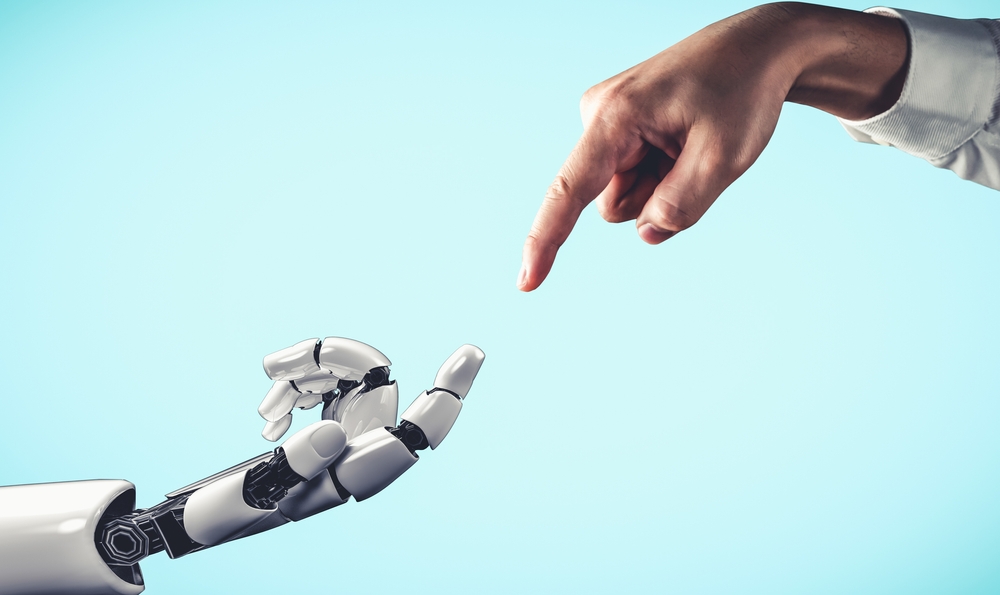Are you using artificial intelligence (AI) in your trading?
You’d better be.
If not, you’re competing against folks who have an unfair advantage.
Ask any market expert out there what makes the big boys so much more successful than the little guys, and they’ll tell you three things: The big boys have more money to hedge with… they have better data… and they use complicated computer systems to pull all that data together.
For decades, this has created an “unfair” advantage. The big boys have always had an edge.
But that’s changing.
Few folks know the full history of how AI came into the secretive world of trading, but most research points back to a project called ZagTrader. It comes from David Rumelhart and a team of researchers at Carnegie Mellon.
By today’s standards, the project was simple. ZagTrader was built to use historical market data to make predictions about future stock prices. (Now we use systems like this all the time.)
What was unique about the idea – and why the school’s computer department was so excited about it – was that the machine could learn from its mistakes.
That’s a trait that many (most?) humans think they have… but don’t. We think we learn from our losing trades. But often our logic is off. We mistake correlation for causation.
Computers are good at figuring these things out. Humans… not so much.
Because of its ability to learn, ZagTrader worked.
It beat the market.
Now Wall Street’s biggest firms look to hire folks who have Carnegie’s Tepper School of Business listed atop their gilded degrees. Graduates of its computational finance program have a job offer rate of 98%. Their average salary is $125,000, and signing bonuses stretch as high as $150,000.
Where are they going?
The latest list of firms includes all the usual suspects – JPMorgan Chase, Citigroup, Goldman Sachs and Bank of America.
Again… the big boys have been using AI for decades. It shows. That’s why they’re big.
But now, as you may have heard, their competitive edge is waning.
AI has had a bit of a breakout at the retail level this year. And the trend is only going to get hotter – and more profitable – from here.
Right now, there are many ways for the average investor to take advantage of AI. Some you have to put in a bit of work to use… but there are others that have already done the work for you.
For example, did you know that you have access to AI-focused exchange-traded funds (ETFs) – a combination of two of the great financial equalizers of our time?
The Global X Robotics & Artificial Intelligence ETF (Nasdaq: BOTZ) has $2.5 billion under its thumb. It invests in companies that use or create AI.
The Robo Global Robotics and Automation Index ETF (NYSE: ROBO) has $1.5 billion in assets.
They’re both up by double digits this year.
Best of all, there’s no need to hire expensive computer geeks or shell out for customized programs. Both ETFs have an expense ratio under 1%.
